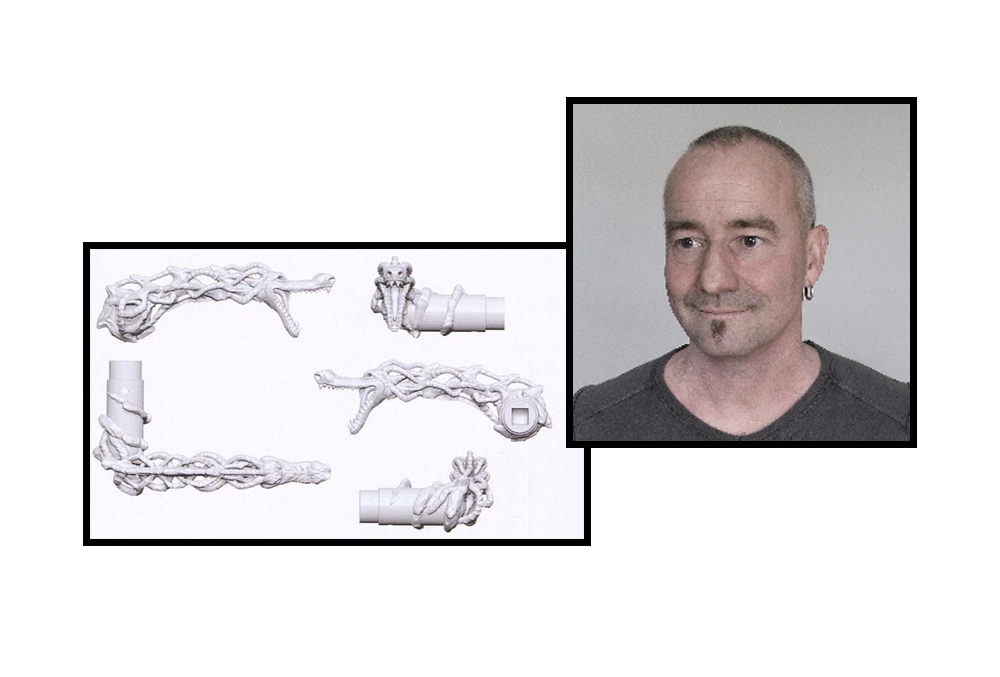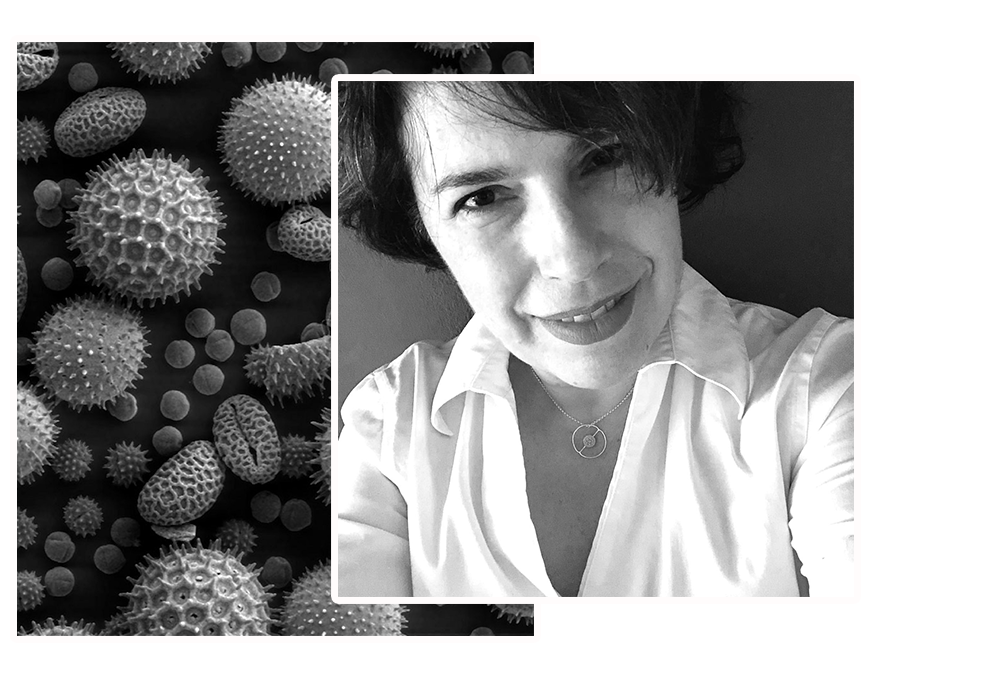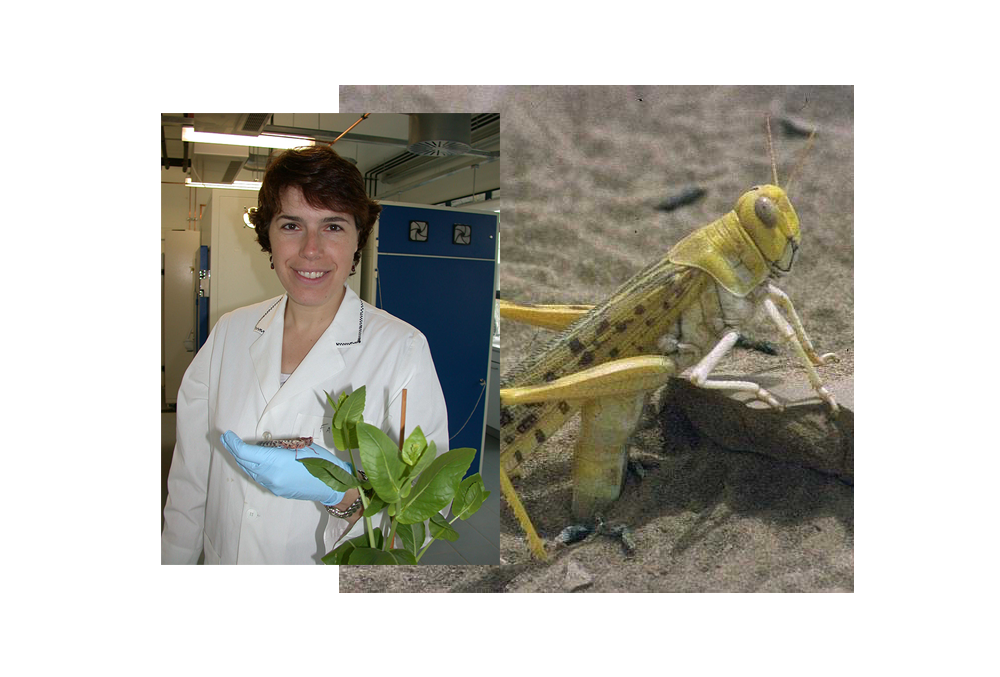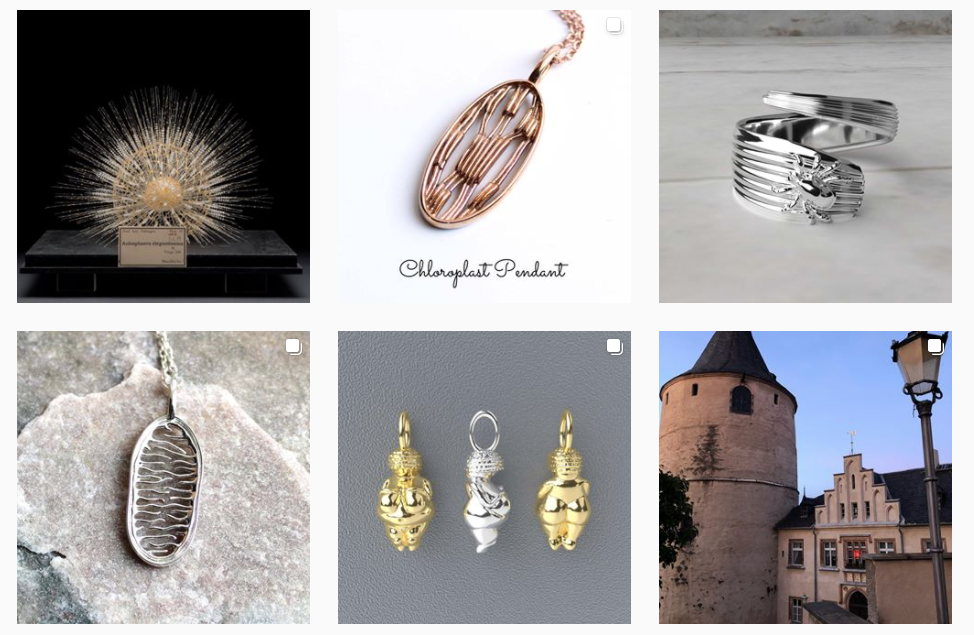For a long time, in my mind, Kai Bracher was "the dragon guy." Why? Because he makes sculptural dragons that are whimsical yet often quite practical. But dragons are just one of the subjects for his art.
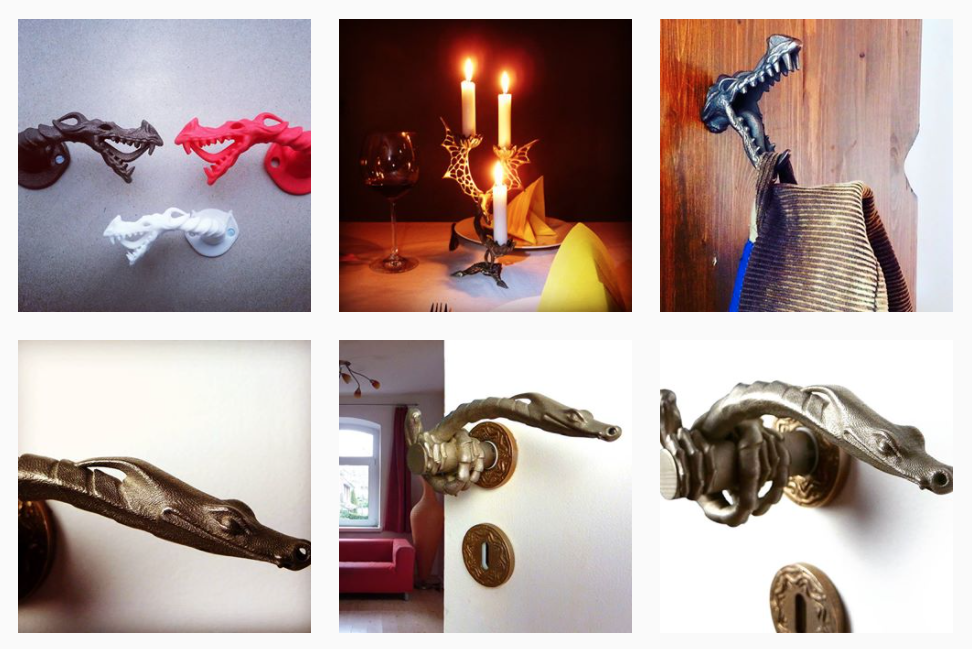
I've wanted to interview Kai for around ten months. He had just started a series of "Angels," sculptures made in reaction to the passing of his wife, and I thought an interview would be a good way for me to help share these sculptures with the world.
Sadly, we could never get the timing right, and as often happens, life gets in the way. But, with my decision to restart Three Questions after a 3-year hiatus, I reached out again to Kai to see if he would be willing to participate. He agreed.
THREE QUESTIONS with Kai Bracher
Jeremy: On your CV, you mention that in 2004-2005 you traveled through the USA and Latin America. I assume it was a valuable experience because you put it on your resume. What places did you visit, and did one area, in particular, stand out? And overall, what did/does this trip mean to you?
Kai: I'll start with the last part of the question.
For me, growing up in the 70s and 80s, visiting the USA was always a dream, since I grew up with American Comics, Movies, TV-series and Music. I missed the opportunities going to the US as an exchange student, either during High School or later, during University.
So, at the ripe age of 36, I still hadn't figured out what to do with my life, had just thrown away my (short) career in the advertising industry, because I couldn't stand it and was working all kind of odd jobs.
So it dawned on me that, on my death bed, I would be able to forgive myself if I never had a "career," but not if I never made the trip I always wanted to make because of fear. So I scraped together some money and went.
Since I am, as a German citizen, only allowed to stay in the US for 90 consecutive days without a visa, I decided to split it up:
- First three months WWOOF-ing on a farm in California
- Three months of traveling and learning Spanish (well, kind of) in Guatemala and Honduras
- Another three months in the US.
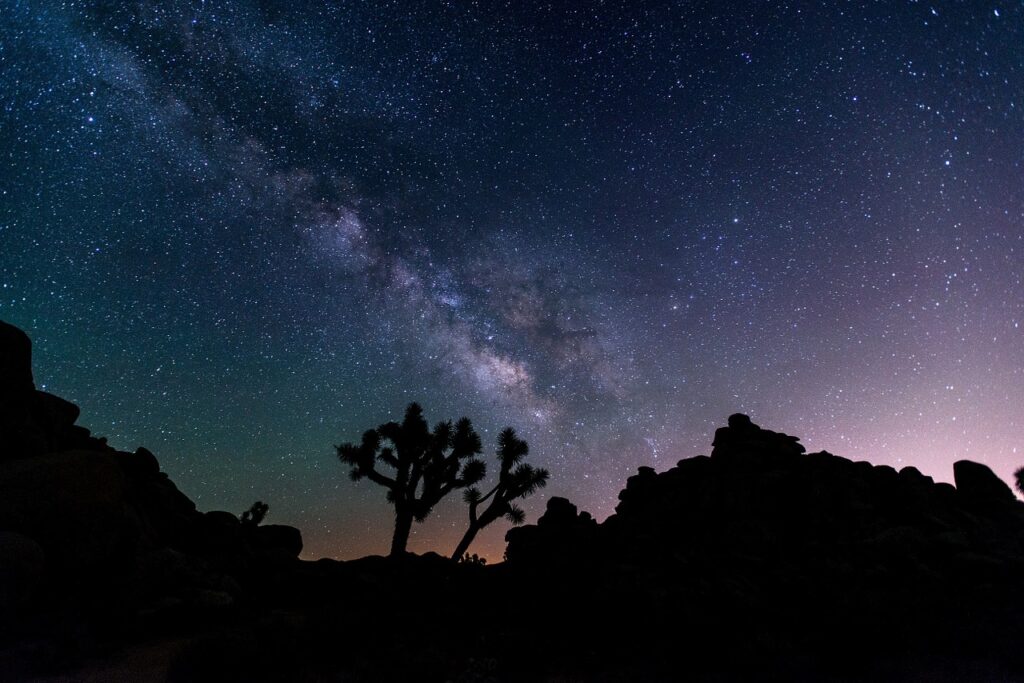
This time it was more the classical road trip.I rented a car in LA and drove through Joshua Tree, visited the Grand Canyon, and some other great sights in Nevada, New Mexico, Texas, and Arizona to reach my first destination: Tucson, Arizona, for a glassblowing workshop.
Then rode on a Greyhound Bus to Atlanta [and then on] to do a blacksmithing workshop somewhere rural in North Carolina. Then visited Savannah, Atlanta, New Orleans (just a few months before Hurricane Katrina), and Denver (all with Greyhound). And from there took a train to San Francisco, where my flight home was departing.
During my time in Atlanta, I applied via email for an internship with a metal artisan in Germany, where I would work for 13 Years.
This trip was very important for me since it was a kind of emancipation from "society rules" or "the way things are done." There are no such things! Only our own decisions. It showed me that we can write our own rules for our lives.
Since Anne-Sophie visited me for a full month in Guatemala, which cemented our relationship, and I immediately could work as and with craftsmen afterward, the trip marks the start of the longest period in my life where I was really content with most things.
Outstanding Places
01 - Standing (almost alone, since it was still winter) at the south rim of the Grand Canyon. This is still Number One of all Nature sights, I have seen!!!
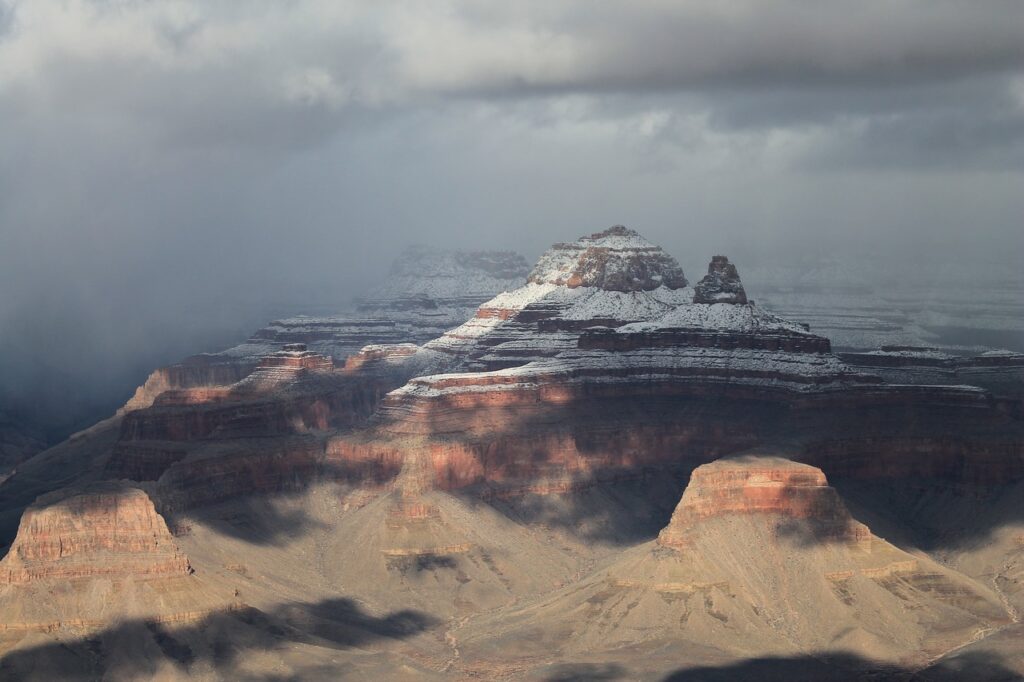
02 - Riding a rented bicycle over the Golden Gate bridge! (Hey, I grew up with "The Streets of San Francisco" on TV)

03 - Visiting the ancient temples of Tikal in Guatemala with the woman I loved.
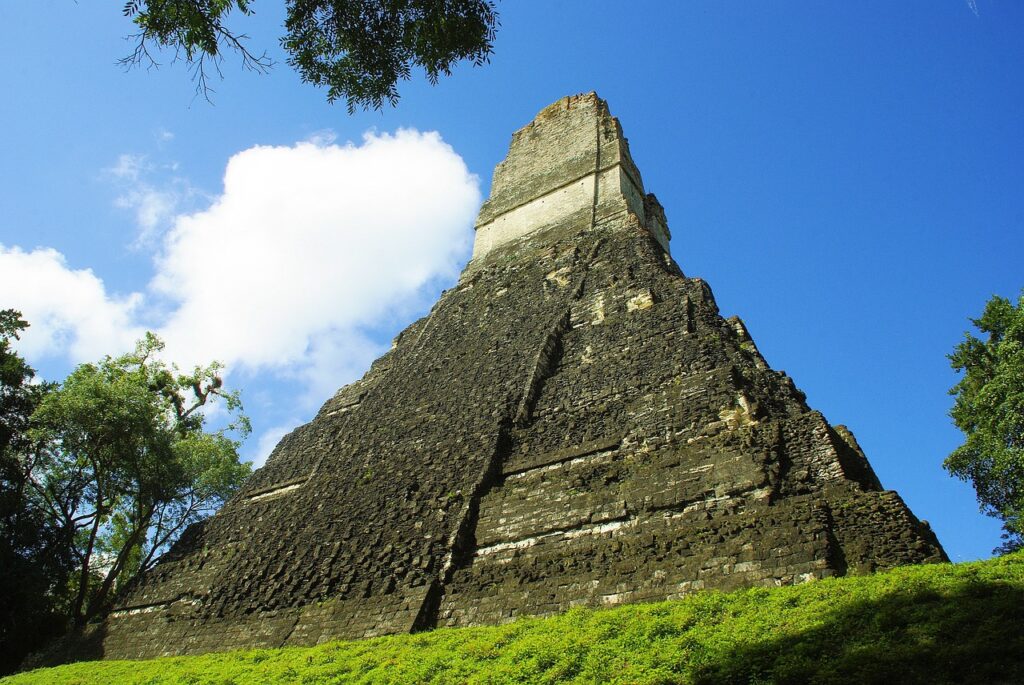
Jeremy: Looking over your sculptural work, at least since 2012 when you started moving to digital sculpture and additive production, do you think there’s a theme, through-line, or thread linking them together? If there is, what might it be? In the alternative, if not, why do you think that is?
Kai: I see a number of themes that interest me and that keep surfacing, but I still can’t manage to tie them together in ONE direction. (Maybe that’s impossible).
1. The beauty of anatomy and moving bodies (I tried to picture that in the “Angel” series, but also in more trivial stuff like some dragons
2. An absurd kind of humor
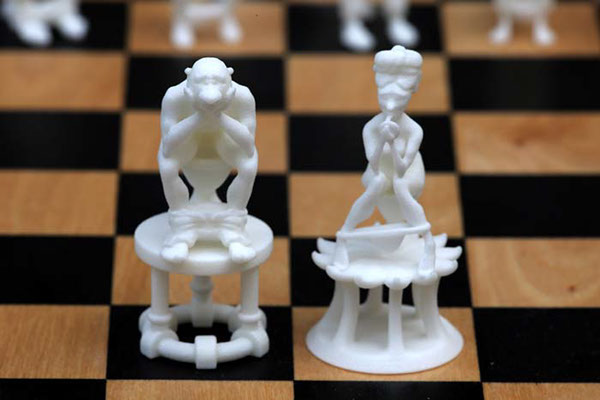
3. or breaking the usual perception of things (eg. by hanging them on lightbulbs)
Jeremy: You transformed your feelings about your late wife Anne-Sophie’s passing into a series of sculptures called Angels. I’m not going to ask about your Angels. You have already prepared a lovely and informative page on your website where you share your thoughts on the series of sculptures. I would, however, like to ask you a question about her. If you would like to, can you share a memory you have of her that makes you smile when you think back upon it?
Kai: The way she danced, when she felt unwatched or very energetic. It was rather quirky and maybe nobody else would have noticed. But for me that was unique and funny.
Kai Bracher's work can be found at http://www.kaibracher.de/
